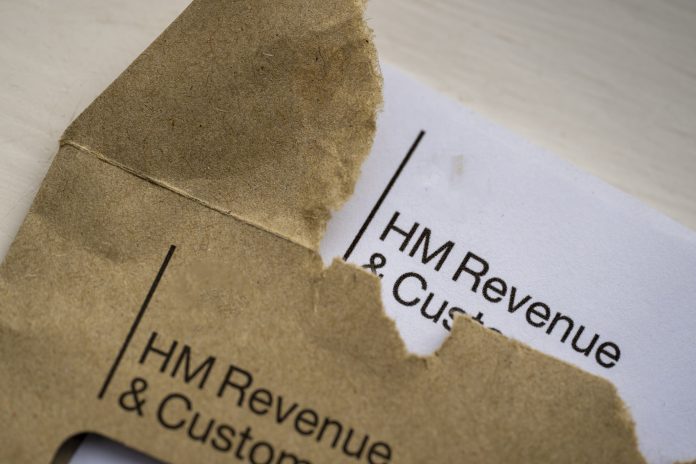The most recent Public Accounts Committee (PAC) highlights concerns over HM Revenue & Customs (HMRC), which shows the need for modernisation and improved efficiency for a more customer-focused approach
The main issues being faced by tax authorities are rising costs, outdated systems, and declining trust, this is leading the PAC to call for realistic plans to address these challenges.
Between 2019 and 20, the cost of collecting taxes increased by £563 million, a 15% rise.
This increase also came with increased tax policy changes, with 240 introduced between 2022 and 2024. Although this has added complexity and greater resource demands, HMRC’s compliance productivity has fallen.
The revenue per compliance officer decreased from over £1.4 million before the pandemic to £1.27 million in 2023-24. Even with more senior staff added to the workforce, contributing to over £100 million in additional salary costs, HMRC has not managed to improve performance, highlighting inefficiencies in resource deployment.
Switching to a digital tax model
One of the most concerning aspects of the report is the decline in public trust across all of the key groups, including large businesses, small businesses, tax agents, and individual taxpayers.
The PAC shows that the HMRC needs to act quickly to rebuild the trust of these groups, starting with a more responsive, modern customer service experience.
Currently, around 70% of the HMRC’s 22 million correspondence items are still handled by post. Not only is this method slow, but it can also be expensive; many taxpayers these days also use digital-first service models.
IT systems obstacle to the process
HMRC acknowledged these systems as a significant risk five years ago, yet progress on modernising them has been slow. A lack of accurate cost estimates, competing priorities, and complex technical requirements have all contributed to delays. With funding for critical upgrades beyond 2025-26 still unknown, the uncertainty adds further risk to the transformation agenda.
Artificial intelligence is expected to be a potential tool for HMRC’s productivity and service delivery. Butt without modern infrastructure in place, the authority will struggle to use its benefits.
Protecting the HMRC against fraud
The outdated systems make the HMRC more vulnerable to bad actors using advanced technologies for fraud or evasion.
This makes it more important to get the systems updated, not just for better service delivery, but also to safeguard taxpayer data and maintain the tax system’s integrity.
The PAC also criticises the implementation of Making Tax Digital (MTD), particularly the lack of consultation with affected businesses. The initiative was intended to simplify tax administration, but instead, it has created a net cost of £300 million on VAT-paying businesses over five years.
The extension of MTD to Income Tax self-assessment is expected to increase ongoing costs by £200 million annually, exceeding any expected savings. These figures show the importance of designing reforms around the needs and capabilities of users, rather than imposing blanket changes without sufficient input or support.
The PAC’s message from this report is clear: the HMRC must put taxpayers at the centre of its transformation plans. Learning from more digitally advanced government departments and international examples, the authority must adopt a modern, secure, and user-friendly approach.
Without this shift, costs will continue to rise, trust will erode further, and the UK tax system will remain overly complex and inefficient.











